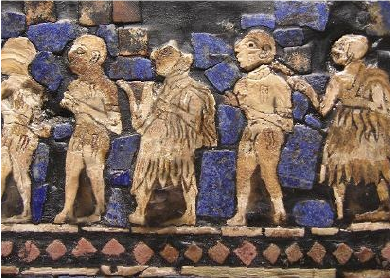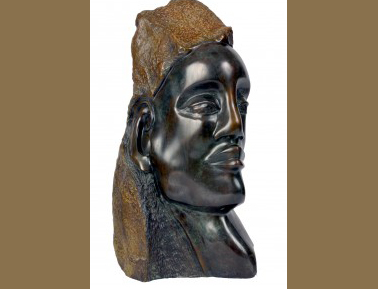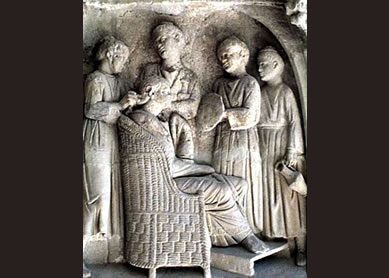Slavery, namely, the ownership of one person by another, was an institution in the ancient Near East and Israel, encompassing both fixed-term indenture of citizens and permanent slave status for outsiders.
What are “Hebrew slaves”? How would they regain their freedom?
An Israelite man might sell himself (or his child) as a slave (eved) to pay off debt (
- Indenture lasts six years (
Exod 21:2 ,Deut 15:12 ) or until the Jubilee (fiftieth) year (Lev 25:40 ). -
The Hebrew slave leaves with nothing (
Exod 21:2 ), receives a financial grant upon being freed (Deut 15:13-14 ), or retakes his ancestral property (Lev 25:41 ). -
Women are purchased permanently as wives (
Exod 21:7-11 ), or the same rules as for males apply to female indentured servants (Deut 15:12 ).
Periodic manumission (andurāru) of debt slaves was practiced in the ancient Near East. Hammurabi’s Code (#117) assumes that a man’s family, sold to cover debt, would be released after a three-year indenture. The Sumerian king, Lipit-Ishtar, describes how he restored enslaved Sumerian citizens to their rightful place in free society (amargi, “return to mother”).
Nevertheless, manumission may have been an ideal rather than typical practice. During the Babylonian siege on Jerusalem, the prophet Jeremiah urges the Judeans to free their Hebrew slaves in accordance with the law, which they do, only to retake them afterwards (
Deuteronomy and Exodus allow the Hebrew slave to choose permanent indenture by submitting to a ceremony in which the slave’s ear is pierced at the doorway (
Did Israelites have foreign slaves? How would they be treated?
Non-Israelite slaves are acquired either by purchase (
A master who knocks out a slave’s eye or tooth must let him go free (
Likewise, a woman taken captive during battle is given time to mourn her family before becoming part of the household, and her master/husband is prohibited from selling her (
The Bible applies the Israelite Sabbath day of rest equally to slaves (
Is the Hebrew Bible comfortable with slavery?
The prophet Amos criticizes debt bondage, referring to it as “selling the poor for shoes” (
Bibliography
- Chirichigno, Gregory C. Debt Slavery in Israel and the Ancient Near East. JSOTSup 141. Sheffield: Sheffield University Press, 1993.
- Eichler, Barry L. Indenture at Nuzi. New Haven: Yale University Press, 1973.
- Levinson, Bernard. “The Manumission of Hermeneutics: The Slave Laws of the Pentateuch as a Challenge to Contemporary Pentateuchal Theory.” Pages 281-324 in Congress Volume: Leiden 2004. Edited by André Lemaire. VTSupp 109. Leiden: Brill, 2006.
- Stackert, Jeffrey. Rewriting the Torah: Literary Revision in Deuteronomy and the Holiness Legislation. FAT 52. Tübingen: Mohr Siebeck, 2007. Pages 113-64.
- Mendelsohn, Isaac. Slavery in the Ancient Near East. New York: Oxford University Press, 1949.




